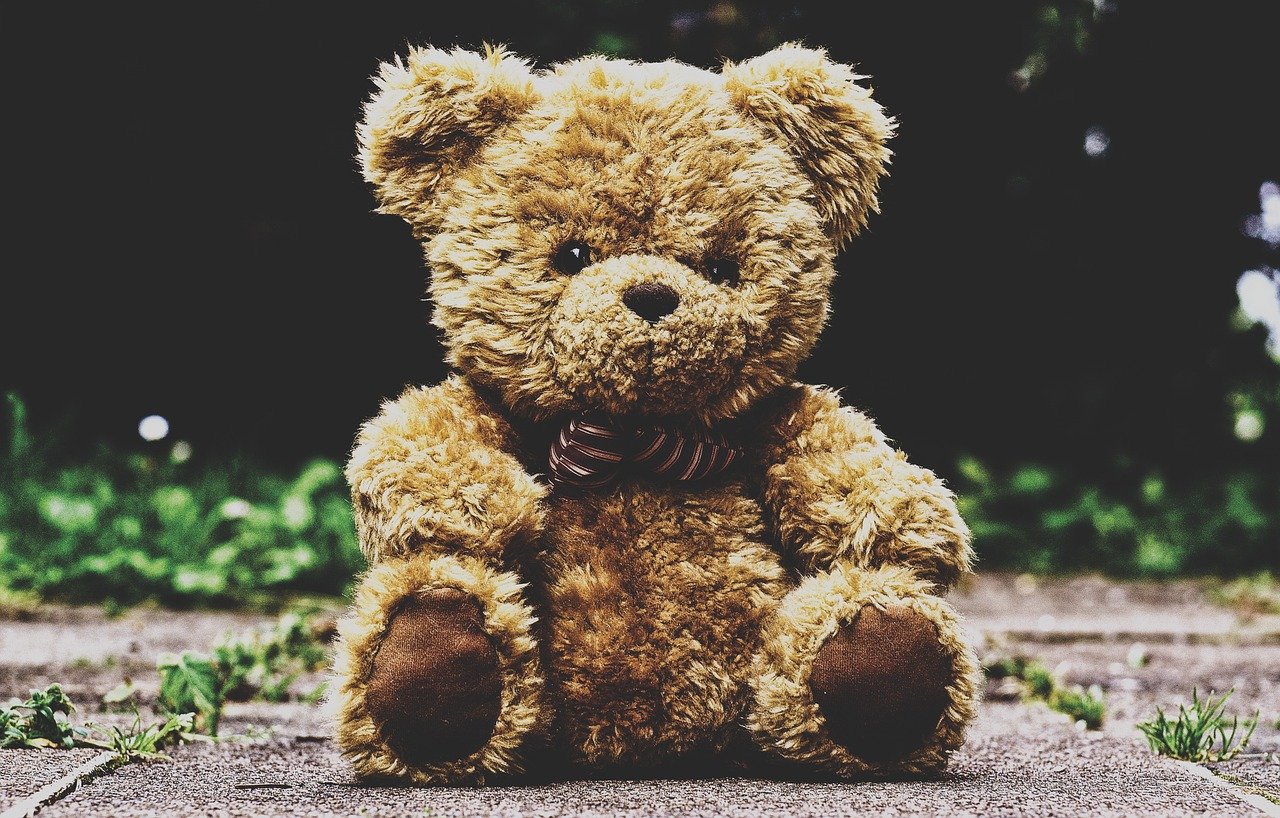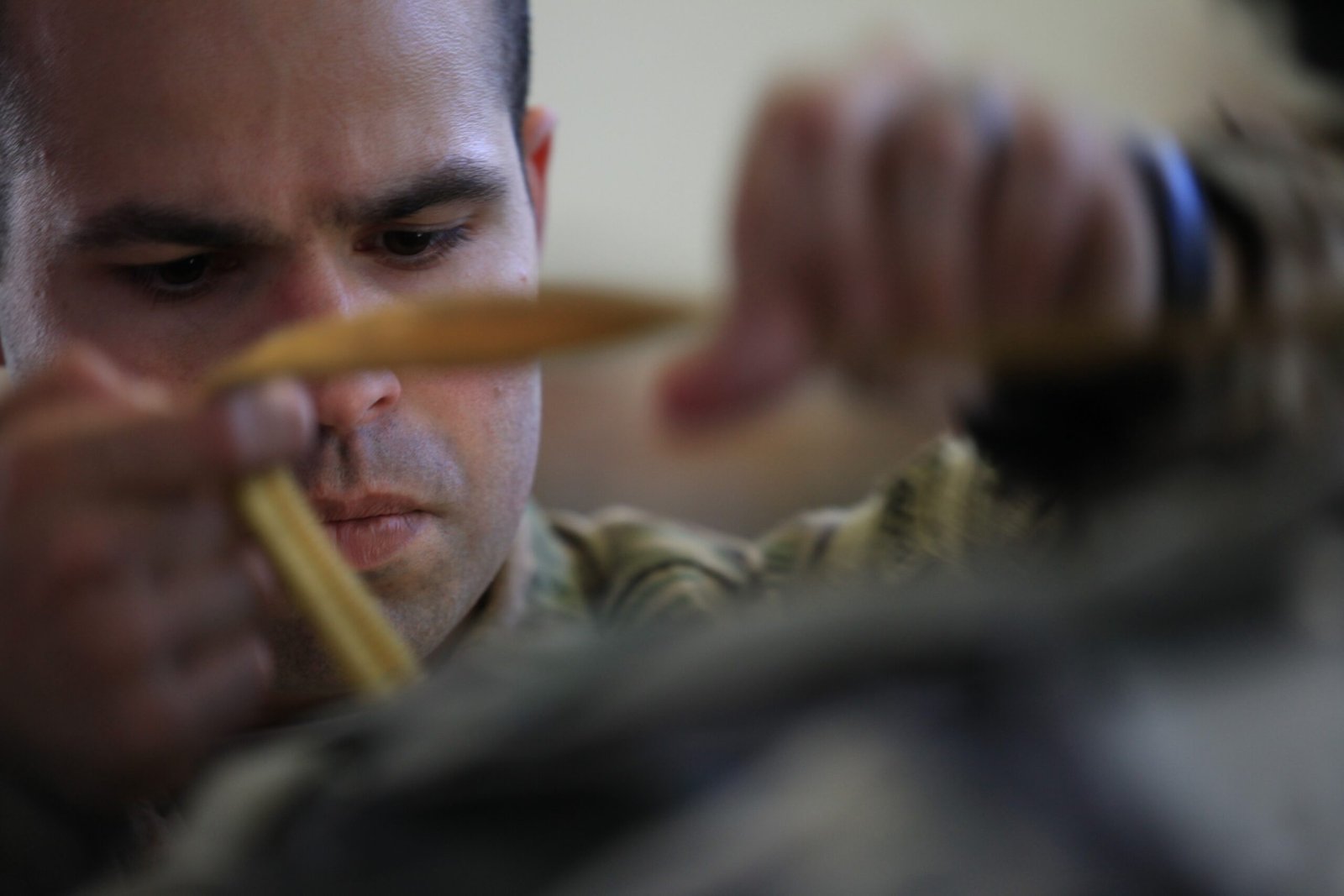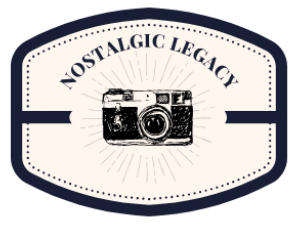A Memory in Your Hands

Imagine the shock of finding your old teddy bear buried in a dusty attic box, its fur faded but its eyes still shining with memories. The moment you touch it, you’re five again, clutching it through thunderstorms and bedtime stories. That feeling isn’t just nostalgia—it’s a powerful connection to who you were. Restoring your childhood toys isn’t about making them perfect; it’s about reviving the heartbeat of your earliest days. These objects are time machines, locking away laughter, comfort, and dreams. When you repair a toy, you’re not just fixing plastic or fabric—you’re mending a piece of yourself. Don’t underestimate the emotional punch of a simple action like cleaning a favorite doll or gluing a missing arm. It’s not just restoration; it’s resurrection.
Evaluating the Toy Before You Begin

Take a close look at your toy before diving in. Is the plastic cracked, or is a wheel missing? Is the paint chipped, or is the stuffing peeking out? Every damage tells a different story and needs a unique approach. Photograph the toy from all angles, capturing every stain, scratch, or missing piece. This isn’t just for progress—these photos become your restoration diary, letting you appreciate every step of the journey. Sometimes, you’ll find hidden surprises: a forgotten sticker tucked inside a game box, or a faint marker drawing from a sibling. These details are precious, so document them before they’re cleaned away. If you’re unsure about a repair, write down your questions to research later. Assessment is your roadmap, and it’s the first step to bringing your memories back to life.
Gentle Cleaning for Lasting Memories
Most old toys need a serious clean before anything else. For plastic action figures or playsets, mix a little dish soap in warm water and use a soft cloth or toothbrush to gently scrub away grime. Plush toys can often be spot-cleaned with mild fabric cleaner, or even given a careful hand wash if they’re sturdy enough. Be gentle—harsh chemicals or scrubbing can erase painted details, melt plastic, or ruin delicate fabrics. If a toy smells musty, sprinkle baking soda on it for a few hours before brushing off. For electronic toys, never immerse them in water; instead, wipe them carefully and check for corrosion in battery compartments. Cleaning is where you see the first transformation, as years of dust and neglect melt away to reveal the magic underneath.
Fixing Breaks and Missing Pieces
Broken limbs, snapped wheels, or missing buttons can feel discouraging, but solutions are out there. Super glue or two-part epoxy work wonders for most plastics, while fabric glue can mend plush seams. If a piece is lost forever, search online marketplaces or vintage toy groups for spares—there’s a whole world of collectors swapping parts. For rare or unique pieces, 3D printing technology can help you create perfect replicas of missing components. Even something as simple as a new button or a hand-stitched patch can bring a toy back to life. Don’t let fear of mistakes stop you; every fix, even if imperfect, is a victory. Each repair becomes part of the toy’s story, adding a new chapter to its adventure.
When Customization Brings More Joy
Sometimes, restoring a toy exactly as it was isn’t possible—or even desirable. Giving it a fresh twist can spark new joy. A faded toy car might look stunning with a new paint job in your favorite color. Dolls can wear updated outfits, crafted from scraps of vintage fabric or even your old baby clothes. Some collectors add custom decals, embroidery, or even electronic lights to breathe new life into tired toys. Think of it as collaboration with your younger self—honoring the original, but making it your own. Customizing isn’t about erasing history; it’s about writing a new page, filled with as much love and creativity as the original.
Understanding Value Sentimental and Monetary

Not every toy should be restored the same way. Some, especially rare or collectible toys, can lose value if altered or over-cleaned. Before making permanent changes, check current prices or collector forums for similar items. If you’re restoring for yourself, sentimental value will always outweigh market prices. But if you plan to sell or pass toys down, consider gentle cleaning and reversible repairs. Sometimes, the scuffs and worn edges are what make a toy truly special—they’re proof of a life well played. Research helps you decide where to draw the line between restoration and preservation. Every decision is personal, but information keeps you from making regrets.
Displaying Your Restored Masterpieces
Once your toys are looking their best, they deserve the spotlight. Create a mini-museum at home: floating shelves for action figures, shadow boxes for delicate pieces, or even a vintage suitcase repurposed as a display case. Rotate your collection seasonally to keep things fresh and exciting. Some people set up themed displays, recreating the toy aisles of their childhood or grouping toys by year. Lighting makes a big difference—small LED strips can make even the simplest shelf magical. Displaying isn’t just about showing off; it’s about honoring the memories and sharing them with friends and family who visit. Every time someone asks about a toy, it’s a chance to tell your story.
Documenting and Sharing Your Restoration Journey

Restoring toys is a journey, not just a task. Take photos before, during, and after each step, and jot down your thoughts or challenges. Share these on social media or nostalgic blogs, where fellow fans are eager to see your progress. You might be surprised at how many people chime in with advice, encouragement, or even stories about their own childhood favorites. Some people turn their restoration stories into video series or digital scrapbooks. Connecting with a community makes the whole process richer and more rewarding. Every post or photo becomes another way to spark someone else’s joyful memory.
The Emotional Power of Bringing Toys Back
Restoring childhood toys isn’t just about objects; it’s about feelings that can take you by surprise. You might laugh at a silly sticker you forgot, or feel tears prick your eyes when you hold a toy you thought was lost forever. Each repaired seam or polished button is a bridge to your past, connecting you with moments of innocence and happiness. For some, restoration is a way to heal—bringing comfort during tough times, or celebrating a loved one’s memory. These aren’t just toys; they’re living time capsules, pulsing with emotion. Allow yourself to feel every bit of it, whether it’s joy, nostalgia, or even a bittersweet ache.
Passing Down the Legacy
Restored toys aren’t just keepsakes; they’re gifts for the next generation. Share them with your children, nieces, nephews, or friends’ kids, along with the stories of how you once played with them. Teach them how to care for these treasures, so the cycle of love and memory continues. Even if you don’t have kids, documenting your restoration process gives others the chance to appreciate and learn from your journey. Each toy you restore is more than an object—it’s a piece of family history, a spark of joy waiting to light up someone else’s life. Passing down a toy is like passing down a secret handshake between generations.

